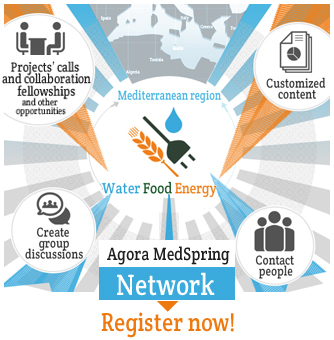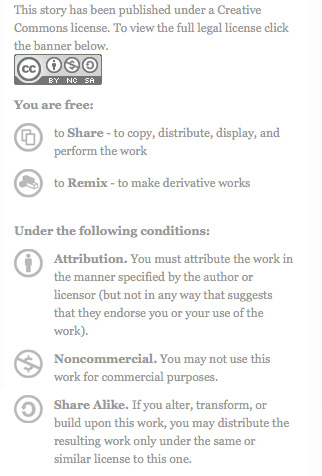
Egypt looks to the future with renewable energy plan
The vista in the central province of Minya is as empty as far as the eye can see except for rows and rows of solar panels and the blue sky above.
The panels are helping Amr al-Saad's 8-month-old power station address the worsening issue of brownouts and blackouts in the area.
"A few years ago, power supply was intermittent, which made the life of the residents of the province very tough," he said. "That is why I decided to establish my project where it is most needed."
After generating electricity, Saad's station feeds it into the national grid where it is used to power houses, farms and workshops in Minya's villages.
Saad's project, which cost $100,000 and produces 650 kilowatts of electricity each month, is part of a national drive to reduce Egypt's dependence on fossil fuels by shifting to renewable energy. Egypt plans to produce 20 percent of its electricity from renewable sources by 2022 and 37 percent by 2035. It is an ambitious plan given that just 3 percent of electricity produced annually in Egypt today is from renewable sources.
Read the full article by Ahmed Megahid via The Arab Weekly.
[Photo by 蔡利 | Flickr]







